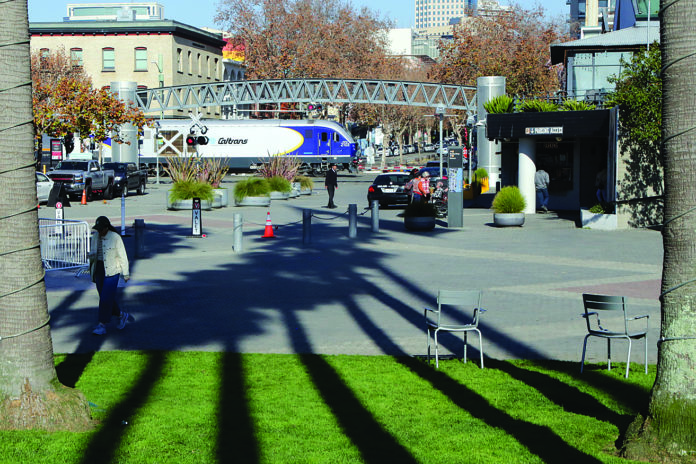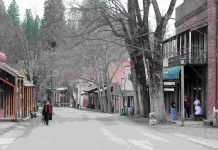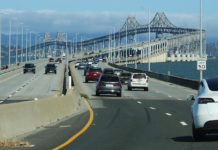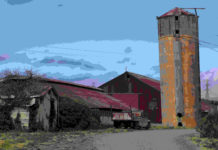Arriving in Jack London Square in Oakland after a short trip from San Jose, the doors swung open, and we started to explore the harbor in Oakland, the vast array of shops and restaurants along the waterfront and railroad tracks and savored of one of my favorite American writers.
My father got into the books of Jack London as a young man growing up in Brooklyn. He scoured the used book stores and accrued a large collection of his hardbound books, some of which now sit on my shelves, “Martin Eden,” “Valley of the Moon,” “John Barleycorn” and “The Road” among them.
In 1900 London was the most prolific and highest paid author in the world. He grew up in the Bay Area very poor and made a huge turnaround when his father took him into the public library one day in Oakland. He was stunned to learn that a giant world of education, art, politics and culture was there in that building, free if you had a library card. So he got one.
There in London Square is a tiny log cabin from the Alaskan wilderness that London stayed in while prospecting for gold in 1878-79 during the Yukon Gold Rush. In 1968 a longtime London fan, Russ Kingman, tracked down the cabin, found London’s signature carved into the logs and arranged for the cabin to be hauled back to Oakland. Along the way, others got involved and the logs that made up the cabin had to be split into two heaps, one for building a similar historic cabin in Dawson City and the other in Oakland.
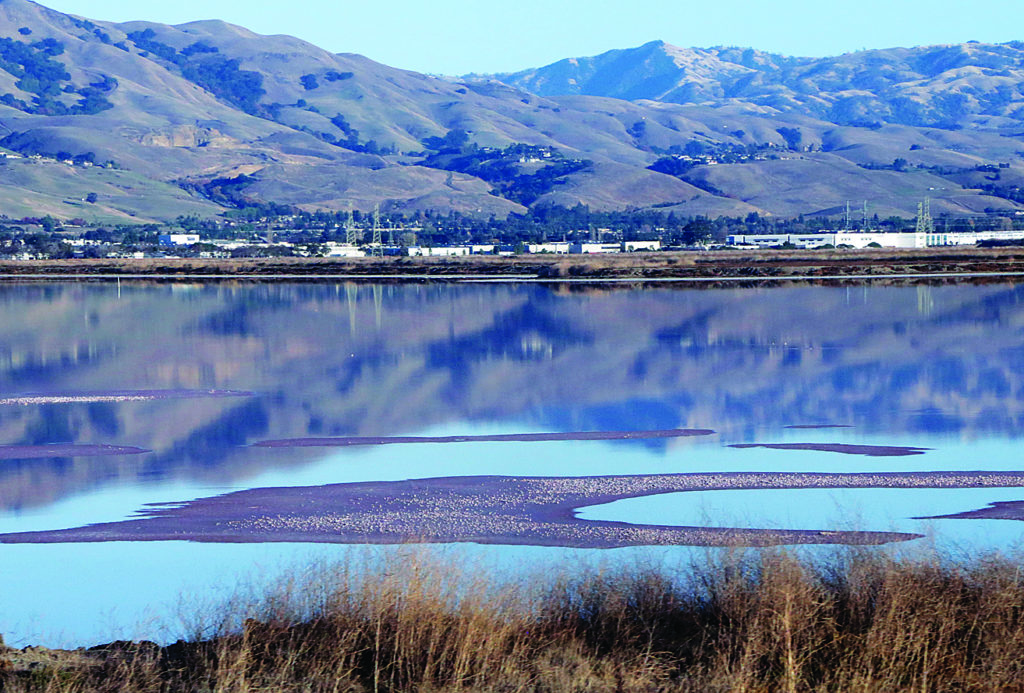
London, who lived from Jan. 12, 1876-Nov. 22, 1916, not only flourished as a writer, he also took on journalism and traveled as a war correspondent to the Far East, Mexico and as a journalist in London. He charged across the San Francisco Bay, camera and notepad in hand to cover the 1906 quake. He also became a powerful speaker for socialism and would draw huge crowds when he rumbled into town to City Hall on a horse-drawn wagon covered with bells and lanterns for an evening on his soapbox, where he cried out for workers’ rights. His famed home in Glen Ellen—the Wolf House—burned to the ground in 1913, shortly before the London family were planning to move in. The stone ruins are now part of Jack London State Historic Park, which has been a National Historic Landmark since 1963. He lived and thought big, and I’m glad people have memorialized his life and times with the statues, cabin and such at London Square.
After wandering the waterfront of the harbor, checking out the giant ships and cranes of the loading docks that receive goods from around the world, we enjoyed a Coke at the famous Heinold’s First and Last Chance Saloon, built in 1884. With its heavily slanted floors and dim cabin lighting, the spot is a historic waterfront saloon that was a popular hangout for Jack London and sailors.
Our return train arrived on time and we found seats again on the upper deck for the hour ride home. We arrived in San Jose with enough daylight to head out of town from the Diridon Station south on Highway 101. We stopped for dinner at the Old City Hall Restaurant in Gilroy before returning home along Highway 101 and then west of Hwy 129 to the Pajaro Valley with a heavy dose of history, dramatic vistas, a taste of the big city life and train travel all rolled into one day.


